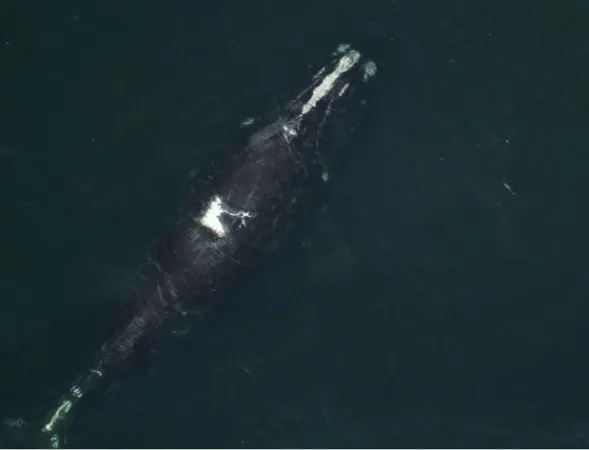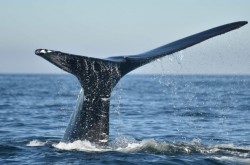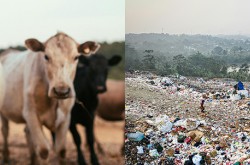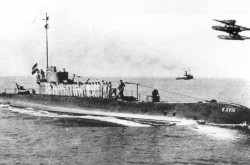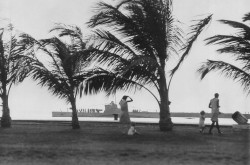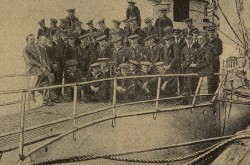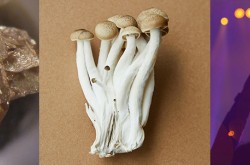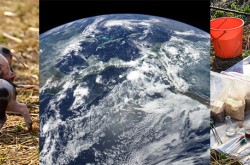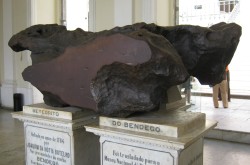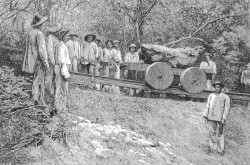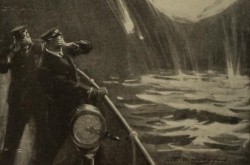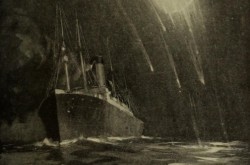Glacier the whale: A case study in the decline of the North Atlantic right whale population

Giants of the ocean, the North Atlantic right whale (NARW) can live for at least 75 years in a healthy ecosystem. Sadly, this species is now just one step away from extinction. In July 2020, the International Union for Conservation of Nature changed the status of NARW from endangered to critically endangered.
According to the Canadian Wildlife Health Cooperative’s 2020 report, 21 NARWs died in Canadian waters between June 2017 and July 2019. In the summer of 2017, one of the whales who died was Glacier, a 33-year-old male.
Glacier earned his name because of a scar that was visible on his back that looked like a melting glacier. He was approximately 14 m long and had superficial scars on his peduncle (where the tail fluke connects to the body) and possibly also along the right side of his body, presumably from previous entanglements.
Learning from Glacier’s death
Glacier was last seen alive in the summer of 2016, in the Gulf of St. Lawrence. In the summer of 2017, Glacier sadly became known as Carcass #2. On June 29, 2017, the Canadian Wildlife Health Cooperative and Marine Animal Response Society performed a necropsy on Glacier in Norway, PEI. A necropsy is a surgical examination of a dead body, in order to learn how the animal died.
They took many measurements, and examined and removed tissue. However, since he had been dead almost 10 days his organs had liquefied (thick blubber traps the heat released as the body decomposes, which effectively cooks the insides). Key findings from the necropsy included:
- blubber thickness was found to be appropriate,
- infection seemed unlikely,
- no biotoxins were found in a portion of his liver that was recovered,
- plankton tests in the Gulf of St. Lawrence showed nothing unusual,
- a number of unusual changes were observed on the surface of his tongue and inner surface of the lips which could raise the prospect of an underlying viral infection (unfortunately, none of these changes could be well described and understood upon microscopic examination), and
- presence of an abundant amount of dark brown to black putty-like material interpreted as clotted blood (cooked by internal heat and pressure generated by post-mortem decomposition) in the thoracic region, as well as similar material filling the occipital foramen (aperture in the skull through which the spinal cord extends into the vertebral canal).
It was finally determined that the cause of his death was from acute internal hemorrhage compatible with blunt trauma (suspected). In general, findings indicate that the majority of NARW deaths are due to trauma (often considered to be caused by probable vessel strikes) or entanglement in fishing gear.
In the next article in this four-part series, learn how a Canadian research team embarked on a project to create a 3D model of his skeleton and to compost the remains.


